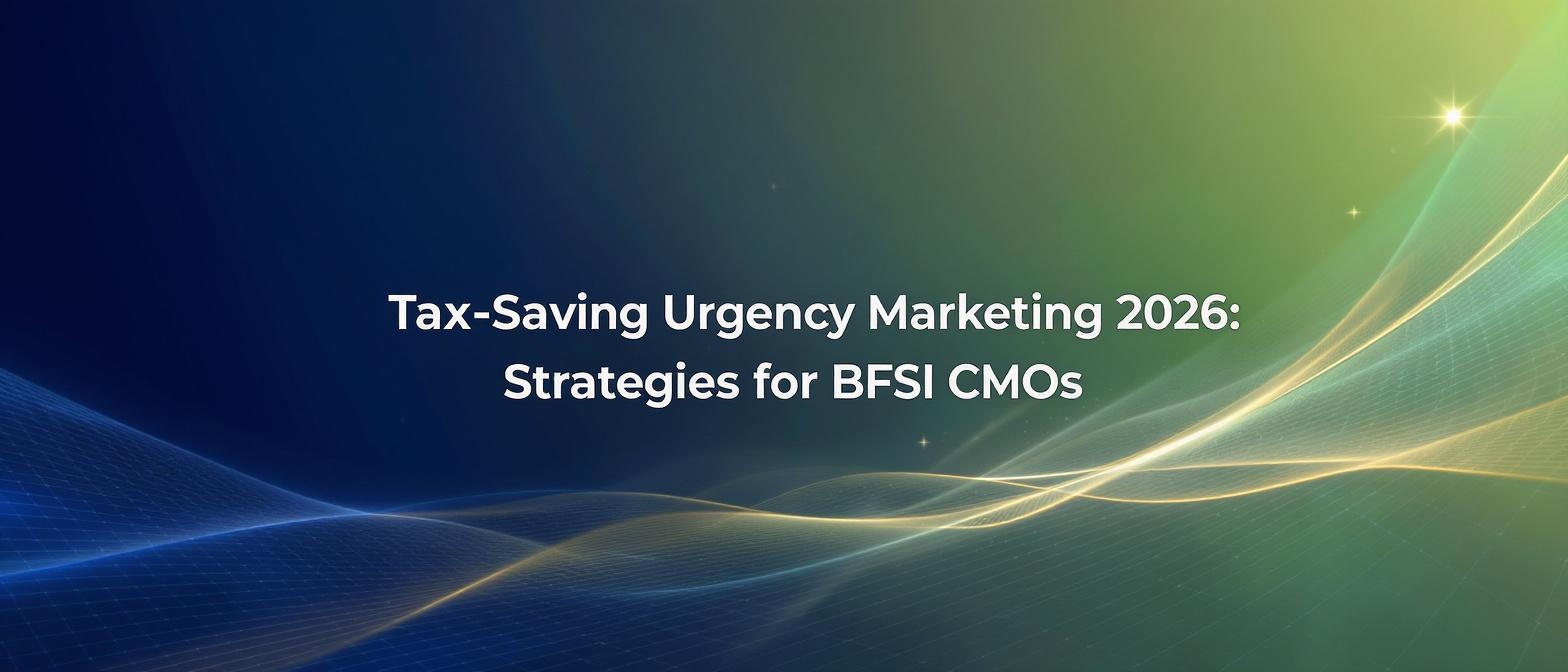Beyond Vanity Metrics: The Ultimate 2025 Guide to Measuring Video Marketing Success
Estimated reading time: 9 minutes
Key Takeaways
- Go beyond vanity metrics to focus on meaningful engagement and conversions.
- Align metrics with specific stages of your marketing funnel for accurate measurement.
- Leverage AI-driven analytics to refine, optimize, and personalize video content.
- Calculate ROI by connecting video performance directly to revenue goals.
- Use data as your co-director in creating high-impact video marketing campaigns.
In the sprawling digital landscape of 2025, video is not just a part of the marketing mix; it is the dominant force. With a staggering 82% of all internet traffic projected to be video this year, the question for marketers is no longer if they should use video, but how they can prove its value. This is where the critical discipline of measuring video marketing success comes into play, moving us beyond the shallow allure of “vanity metrics” and into the realm of data-driven, strategic growth.
For too long, marketers have been content with high view counts, believing that eyeballs alone equate to impact. But a view without engagement, a share without conversion, or a like without a lead is merely a whisper in the digital void. True success lies in understanding the granular interactions that connect video content to tangible business objectives. This guide will provide you with a comprehensive framework for tracking the key metrics that matter, aligning them with your marketing funnel, and ultimately, calculating the undeniable ROI of your video efforts.
The Evolution of Video Measurement: From Views to Value
A decade ago, the primary metric for video success was the humble “view count.” It was a simple, accessible number that gave a quick dopamine hit of perceived popularity. However, as digital marketing matured, so did our understanding of analytics. We’ve shifted from a broadcast mentality (how many people saw it?) to an engagement-centric model (what did they do after seeing it?).
This evolution was driven by a crucial realization: a passive view is not the same as an active prospect. Today’s analytics platforms provide a treasure trove of data that allows us to dissect every aspect of viewer behavior. This shift is pivotal. According to a 2025 report from HubSpot, while brands continue to invest heavily in video, the C-suite is demanding clearer connections between that investment and bottom-line results. The modern marketer must, therefore, become a data storyteller, weaving a narrative of engagement, influence, and conversion.
Aligning Metrics with Your Funnel: A Goal-Oriented Approach
The most common mistake in measuring video marketing success is applying the same metrics to every video. A brand awareness video designed for social media should not be judged by the same conversion criteria as a product demo on a landing page. The key is to map your metrics to specific, funnel-based goals.
Top-of-Funnel (ToFu): Building Awareness & Reach
At this stage, your goal is to introduce your brand to a broad audience and capture their attention. Your videos are the hook, and your metrics should reflect their ability to attract and engage new eyes.
- View Count & Impressions: While we’ve moved beyond this as the only metric, it remains a vital ToFu indicator of your video's initial reach. It tells you how many times your video has been seen.
- Unique Viewers: This metric provides a clearer picture of your audience size, filtering out multiple views from the same person.
- Audience Reach: Data from 2025 shows that online videos have a global audience reach of 92%, making it the most effective medium for broad-stroke awareness campaigns. Tracking your reach percentage within your target demographic is crucial.
- Brand Recall Lift: This advanced metric, often measured through surveys and platform tools (like those on YouTube and Facebook), gauges whether viewers remember your brand after watching the video. It’s a powerful indicator of memorable and effective creative.
Middle-of-Funnel (MoFu): Driving Consideration & Engagement
Once you have their attention, the next step is to hold it. MoFu videos aim to educate, entertain, and build a relationship with the viewer, encouraging them to learn more.
- Audience Retention Rate: Perhaps the most critical MoFu metric. This shows you the percentage of viewers who are still watching at any given point in your video. A sharp drop-off in the first 10 seconds indicates a weak hook. Analyzing the retention graph helps you identify which parts of your content are most (and least) engaging.
- Average Watch Time: This complements retention rate by giving you a simple average of how long people watch your video. A higher watch time signals that your content is valuable and relevant to the audience.
- Click-Through Rate (CTR): If your video includes a call-to-action (CTA) like a link to your website, a blog post, or a product page, the CTR is essential. It measures the percentage of viewers who clicked the link, directly showing their intent to engage further.
- Social Shares, Likes, and Comments: These are indicators of how much your content resonates with your audience. Shares, in particular, are a form of earned media, extending your reach organically.
Bottom-of-Funnel (BoFu): Inspiring Action & Conversion
At the bottom of the funnel, your videos are designed to convert prospects into customers, leads, or subscribers. These metrics are directly tied to revenue and business growth.
- Conversion Rate: This is the percentage of viewers who completed a desired action after watching the video. This could be making a purchase, filling out a form, or signing up for a trial. Setting up conversion tracking through tools like Google Analytics is non-negotiable for BoFu video measurement.
- Leads Generated: For B2B or service-based businesses, this is a cornerstone metric. How many viewers submitted their information via a form linked from the video?
- Cost Per Conversion: This metric connects your marketing spend to your results. It’s calculated by dividing the total cost of your video campaign by the number of conversions.
- Return on Investment (ROI): The ultimate measure of success, which we will explore in greater detail later.
The Ultimate Guide to Core Video Metrics: What to Track and Why
Let’s dive deeper into the most important metrics, moving beyond definitions to understand the strategic insights they offer.
1. Audience Retention: The Holy Grail of Engagement
Audience retention tells a story. A high, flat retention curve means you’ve captivated your audience. A steep, immediate drop-off means your introduction failed. A mid-video dip could indicate a boring segment or a confusing point.
How to Use It:
- Optimize Your Hooks: If you consistently see a drop-off within the first 5-10 seconds, you need to A/B test your video intros. Get to the point faster, use compelling visuals, or pose an intriguing question.
- Identify Engaging Content: Look for the peaks in your retention graph. These are the moments your audience loved. Double down on that style of content in future videos.
- Refine Video Length: As highlighted in Wistia's insightful analysis, engagement naturally varies with video length. Use your own retention data to find the sweet spot for your specific audience and platform.
2. Play Rate: The Measure of First Impressions
Play rate is the percentage of people who clicked “play” after your video loaded on a page. It’s a direct reflection of how compelling your thumbnail, title, and placement are. A low play rate means your video isn't enticing enough to even start.
How to Use It:
- A/B Test Thumbnails: Test different thumbnail images—one with a person's face, one with bold text, one that’s action-oriented. Small changes can yield massive improvements in play rate.
- Optimize Titles: Your title should be clear, concise, and benefit-driven.
- Check Your Placement: Is the video “above the fold”? Is it surrounded by distracting elements? Ensure the video player is in a prime, easy-to-see location.
3. Conversion Rate: Connecting Video to Business Impact
This is where the rubber meets the road. A high conversion rate proves that your video isn't just being watched; it’s driving business.
How to Use It:
- Strategize Your CTAs: Is your call-to-action clear, compelling, and timely? Experiment with verbal CTAs within the video, on-screen text overlays, and clickable end cards.
- Optimize Landing Pages: The user experience doesn't end with the video. Ensure the landing page you send viewers to is seamless, fast-loading, and directly related to the video’s content.
- Use UTM Parameters: Tag your links with UTM codes to precisely track which videos are driving which conversions in your analytics platform.
The Role of AI in Supercharging Video Analytics
The next frontier in measuring video marketing success is the integration of Artificial Intelligence. AI is transforming how we create, distribute, and analyze video content, offering deeper insights at an unprecedented scale.
AI-powered tools can analyze video content for sentiment, identify objects and themes, and even predict which creative elements are most likely to resonate with a specific audience. This allows for a level of testing and optimization that was previously impossible.
For instance, you can test dozens of video variations to see what drives the best results. Platforms like Studio by TrueFan AI enable marketers to create multiple versions of a video—with different scripts, backgrounds, or calls-to-action—in minutes, not days. This facilitates rapid A/B testing, allowing you to iterate your way to a high-performing final product based on real-time data.
Furthermore, as businesses expand globally, the challenge of creating localized content becomes paramount. This is another area where AI excels. With Studio by TrueFan AI’s 175+ language support and AI avatars, a single marketing video can be repurposed for dozens of international markets. This not only scales content creation but also allows for nuanced, region-specific performance measurement, ensuring your message is effective everywhere.
Calculating the True ROI of Your Video Marketing
An impressive 93% of marketers in 2025 report that video has given them a good Return on Investment (ROI). But how do you calculate it accurately? The formula itself is simple:
ROI = (Net Profit from Video / Cost of Video Investment) x 100
The complexity lies in accurately tracking the inputs.
Cost of Video Investment:
- Production Costs: Equipment, software, talent, and man-hours.
- Distribution Costs: Advertising spend, promotion costs.
- Tooling: Subscription costs for video hosting, analytics, and creation platforms.
Net Profit from Video:
- Direct Sales: Revenue generated directly from video conversions.
- Value of Leads: The estimated value of a lead multiplied by the number of leads generated.
- Customer Lifetime Value (CLV): For a deeper analysis, consider the long-term value of customers acquired through video. A guide from Harvard Business Review can help in understanding and calculating CLV.
By meticulously tracking these figures, you can present a clear, defensible ROI to stakeholders. Solutions like Studio by TrueFan AI demonstrate ROI through significantly reducing the “Cost of Video Investment” bucket. By eliminating the need for expensive shoots, actors, and lengthy post-production cycles, AI video generation drastically lowers the financial barrier to entry and accelerates time-to-market, leading to a faster and higher return.
Frequently Asked Questions (FAQ)
1. How often should I be reporting on my video metrics?
For ongoing campaigns (like social media content), a weekly check-in on engagement metrics is ideal, with a more comprehensive monthly report on conversions and ROI. For specific, time-bound campaigns (like a product launch), you should monitor metrics daily to make real-time adjustments.
2. What is a good benchmark for audience retention?
This varies significantly by platform and content length. However, a general rule of thumb is to aim for an audience retention rate of over 50%. If you can retain 60-70% of your audience through the majority of your video, you have a very strong piece of content.
3. How do key metrics differ between platforms like YouTube, TikTok, and LinkedIn?
YouTube: Focus on Audience Retention, Watch Time, and CTR to external sites. The algorithm heavily favors content that keeps users on the platform longer.
TikTok: Prioritize completion rate (how many watch the entire video), shares, and comment velocity. The goal is rapid, viral engagement.
LinkedIn: CTR, leads generated, and profile views are paramount. Video here is a professional tool for driving business connections and conversions.
4. How can I measure the success of internal training or corporate communication videos?
Success here isn't measured in sales but in comprehension and compliance. Track completion rates to ensure employees are watching the entire video. Follow up with quizzes or surveys to measure knowledge retention. You can also track employee feedback and engagement in internal communication channels.
5. How can AI tools specifically improve my video marketing measurement?
AI tools enhance measurement in three key ways. First, they enable rapid, scalable A/B testing of video creative, allowing you to find the most effective message based on data, not guesswork. Second, AI-powered analytics can uncover deeper insights from viewer data, such as sentiment analysis from comments. Finally, tools like Studio by TrueFan AI provide a direct link between creation and performance; by generating video variants quickly, you can directly correlate specific changes (like a new script or avatar) to metric improvements, creating a powerful feedback loop for continuous optimization.
Conclusion: Data is Your Co-Director
In 2025, measuring video marketing success is an art and a science. It requires moving beyond surface-level numbers and embracing a holistic view that connects every video to a specific business goal. By aligning your metrics with your marketing funnel, diving deep into core indicators like audience retention and conversion rate, and leveraging the power of AI to optimize and scale, you transform video from a creative expense into a predictable engine for growth.
Remember that data is your co-director. It tells you what’s working, what’s not, and where the opportunity lies. Listen to it, learn from it, and use it to create video content that doesn't just get viewed, but gets results.





